The Ultimate Guide on Case Studies & Testimonials
SaaS Case Study Template & Interview Questions
Hey - it’s Alex, this time together with Romana Kuts!
Today, we cover:
1️⃣ Where and how to get your first testimonials
2️⃣ How to structure and distribute case studies for maximum impact
3️⃣ The different types of Case studies (+ template & best practices)
Bonus: List of my vetted Go-to software tools for early-stage SaaS startups
In case you missed the last 3 episodes:
✅ The LinkedIn Sales Navigator Guide
✅ How to analyze your early customers to find your ICP
A quick word from our sponsors
📢 Trust— Powerful Video Testimonial Software for your SaaS business
Video testimonials that stop the scroll with zero tech fuss. Trust streamlines testimonials end-to-end. Easily create video testimonials and integrate reviews on your website in minutes, no developer or hosting needed.
📢 Topo —The 2025 AI-powered Outbound Playbook
Topo helped customers book 6000+ meetings in just one year. This strategic playbook reveals the exact framework driving their results. Learn:
✅ Where AI delivers real impact
✅ Relevant Personalization
✅ Identifying and leveraging intent signals
✅ Breakdown of outbound automation pros & cons
✅ Tailoring a prospecting strategy to your specific market
Want to reach 4500+ early-stage SaaS founders/leaders? Sponsor the next newsletter.
1️⃣ If you’re new to the newsletter: I share bi-weekly actionable SaaS GTM strategies and tactics that will help you grow your B2B SaaS business from €0 to €1 million ARR 🚀
2️⃣ Share this post with a friend to get my 100+ actionable SaaS growth tactics for free 🥁
3️⃣ Work 1-on-1 with me - GTM Advisory for early-stage SaaS founders on their way to €1 million ARR (1 free spot - limited to 8 founders).
👇This guide might be too long for your email inbox. So read the full guide here 👇
Why Case Studies & Testimonials Are Everything for SaaS
Imagine this: you’ve built an incredible SaaS product. You know it works. Your first (beta) users love it.
But when you launch...
❌ No sales.
❌ No sign-ups.
Because people don’t trust what they don’t see working.
That’s where case studies and testimonials become your secret weapon. Before someone buys, they need proof that your product works (aka. social proof).
And there’s no better proof than real customers saying,
“This SaaS changed my business.” - Customer X
That’s why case studies are one of your most crucial GTM assets.
You can (and should) use case studies:
✅ on your website
✅ in your sales deck
✅ on your blog articles & landing pages
✅ on social (e.g. LinkedIn posts)
✅ in your sales prospecting
✅ for fundraising
But when we work with SaaS founders, we usually hear the same 3 challenges:
1️⃣ How do we get that proof when you’re just starting?
2️⃣ What type of case studies & testimonials work the best?
3️⃣ How do we write a good case study? What is a good case study structure?
So we decided to join forces and write a guide to answer these questions.
By the end of this guide, you’ll know:
✅ Where and how to get your first testimonials - even if you don’t have customers yet.
✅ How to find testimonials everywhere - sometimes they’re already out there, you just need to collect them.
✅ Case study trends you should know - from traditional written case studies to Walls of Love, video testimonials, and quote libraries.
✅ How to structure and distribute case studies for maximum impact, ensuring they reach the right audience.
✅ Case Study Interview Questions
✅ SaaS Case Study Page template you can steal :)
So let’s dive into it.
1. Where & How to Get Your First Testimonials as a SaaS Startup
When you don’t have a big customer base yet, getting testimonials can feel impossible. But here’s the good news: you don’t need hundreds of customers to start building credibility.
Here’s how to get testimonials early:
Pilot Customers & Beta Testers – offer free or discounted access in exchange for honest feedback.
Happy (Early) Customers – identify power users who are already engaging with your product and ask for their experiences.
Customer Support Conversations – ever had a user say, “This is amazing”? That’s a testimonial waiting to be captured.
Review Platforms & Social Proof – if someone mentions your product on LinkedIn or Twitter, screenshot it and use it (with permission).
But remember, your approach to collecting testimonials depends on the type of clients you serve.
The approach that works for PLG SaaS, where users try the product before committing, will be different from that of an SLG SaaS.
Let’s explore which strategy is better suited for each.
PLG Testimonial Request Template
For PLG SaaS, testimonials should be casual, fast, and frictionless. Users may not want to craft something formal, nor would they want to spend a lot of time on it. So make it super easy for them.
Email Template
Hi [Client’s Name],
I noticed you’ve been getting great results with [Product]!
Would you be open to sharing a quick testimonial? If it helps, here’s a simple framework:
✅ What problem were you facing before?
✅ How did our product help?
✅ What impact have you seen?
You can just reply here, and I’ll tweak it into a short quote if needed!
Best,
[Your Name]
This format works because it is casual, quick, and low-effort - ideal for self-serve users.
📌 Bonus Tip: If users are busy (or lazy), write the testimonial for them based on their feedback and ask for approval. Works like a charm 😉
B2B SLG Testimonial Request Template
For SLG SaaS, you will mostly deal with fewer clients and higher ACVs. Sales cycles are longer, and usually, multiple stakeholders are involved.
So you can try to get 2-3 case studies early on. We recommend that you build a small portfolio of case studies that you can then strategically use for sales:
✅ a case study for each use case (in case your product covers more)
✅ a case study for different industries/customer types
✅ a case study for different benefits
(example: One on x% time saving; the other one on y% increase in revenue)
We suggest you hand-select the best-fit customers and proactively reach out to them.
Calling them might be the best channel.
But if you prefer email, use the template below:
Email Template
Hi [Client’s Name],
Hope you're doing well! We’re thrilled to see [Company Name] making the most of [Product Name].
Over the last [timeframe] you used [product feature/capability 1] over [usage number of product feature/capability 1] and [product feature/capability 2] over [usage number of product feature/capability 2] - resulting in [benefit/results 1] and [benefit/results 2].
We’d love to highlight your success and share your story with others in [industry].
Would you be open to a quick 15-minute chat where we capture your experience? We can also draft a short testimonial based on your feedback for you to approve.
Let me know what works best for you!
Best,
[Your Name]
This format works because it is more structured and aligns with enterprise buyers who prefer process-driven interactions.
Takeaway: Tailor your testimonial request strategy based on your SaaS model to increase your chances of getting powerful social proof!
2. Testimonials Are Everywhere
Most SaaS founders think testimonials have to be formal quotes collected via surveys or emails. But in reality, testimonials are happening all around you.
Here’s where to look 👇
Organic Mentions
People talk about products they love, even when you’re not asking them to. Scan for mentions:
Social media (LinkedIn, X, Reddit, YouTube)
Community discussions (Slack, Discord, Product Hunt)
Emails, LinkedIn DM & Slack messages from happy users
That’s all social proof. Capture it!
You can turn these into:
Quotes for your website
Potential marketing material (e.g., ad copy)
Walls of Love
👇 Example: YouTube comment comparing Notion vs. SmartSuite
👇 Example: LinkedIn discussion about ClickUp vs. SmartSuite
☝️ Yes, these are testimonials in the wild. Capture them!
👇 Example: Email & LinkedIn DMs
👇 Example: WhatsApp Feedback message
Yes, even a WhatsApp message from a customer watching a webinar = authentic feedback.
User Reviews & Ratings
If you’re listed on G2, Capterra, Trustpilot, Provenexpert, or AppSumo, start collecting positive reviews and featuring them on your site.
👇 Example: Reviews for Attio on review platform
👇 Example: G2 ratings embedded on the homepage
Live Chat & Support Messages
Users often leave positive feedback in support chats. Keep track and ask for permission to use those as testimonials.
Takeaway: You don’t need to create testimonials - just collect and amplify what’s already being said about your SaaS.
3. Different Case Study Types: Beyond the Traditional PDF
A great case study doesn’t have to be a 5-page PDF buried somewhere on your website.
Let’s look at modern trends SaaS companies are using to showcase customer success.
Traditional Written Case Studies
Still, one of the most powerful forms of proof.
But, please, forget about gated case studies - ungated case studies are the ONLY way to do business.
No friction. More trust. Better results.
Make them easily accessible on your website.
Have strong case studies? Make them part of your homepage sticky navigation 👇
Case Study Examples of SaaS Companies
A few great examples of case studies:
☝️ Amplemarket x Deel Case Study
☝️ Innkeepr x Lillydoo Case Study (one of my GTM advisory clients)
Check out how their layout has a clear structure - from problem/shitty status quo to the desired outcome. We will share the perfect case study structure a bit later with you.
Wall of Love
It’s a new concept, but very popular in SaaS!
Instead of showcasing just one case study, why not highlight dozens of real customer quotes in one place?
A "Wall of Love" is a dedicated page where all your best testimonials live, creating instant social proof.
Best Wall of Love examples:
It looks more ‘messy’ and has screenshots, quotes, videos, and everything you might think of. But at the same time, it has a real human touch. Your web visitors will love it (especially during the consideration stage).
Video Case Studies/Testimonials
Video is more engaging than text.
We recommend doing video interviews with your clients, and then turning the content of the interview into:
Written Case Study (see above)
Video Case Study (& social snippets)
You can consider 2 different approaches:
Approach 1: Video interviews with customers (or even just their screen-sharing results).
Approach 2: User-recorded testimonials
Tools like trust and VideoAsk make it easy to collect (and even embed) video testimonials.
Examples to check out 👇
Check out Calendly, they have a dedicated video case study section on their website.
How leadsie uses trust (sponsor of our newsletter) to embed video testimonials on their website
Or a great customer-recorded video testimonial - how Chameleon has helped Chili Piper drive $150k ARR
🚀 Pro Tip: When Romana helped emlen with marketing, she recorded 10 customer interviews and repurposed them into 30+ short video testimonials.
Case Study Interview Questions
The success of your (video) case studies depends on the right questions. We made it easy and created a list of questions you should ask.
Video Interview Questions to ask:
What challenges did you face before working with X?
Why did you decide to search for a solution?
Have you tried other solutions before X?
How did you find X?
What was your experience with X?
What changed since you implemented X in your company?
What do you want to achieve with X in the future?
Would you recommend X to others? If yes, why, and to whom?
Quote Libraries
Create an internal “Quote Library” where you collect powerful soundbites from happy users.
Use these in landing pages, sales emails, and social media posts.
Group them by use case, industry, or product feature.
Share them with your content team so they can add them to blog articles.
P.S. I use Notion to collect testimonials for my different services.
4. Case Study Structure & Interview Questions
Now we know the different types of case studies & testimonials.
Let’s explore how to get a powerful case study.
To make it easy for you, we’ve created a free Case Study template. 👇
Case Study Structure
A solid structure of an ungated written case study includes:
✅ The Customer’s Story – who they are & what they do.
✅ The Challenge – what problem they faced before using your SaaS.
✅ The Solution – how your product helped solve that problem.
✅ The Results – quantifiable impact (metrics, revenue growth, time saved, etc.).
✅ Quote & Image – a strong testimonial (quote + image)
✅ Call-to-Action – Clear next steps for readers.
A great case study follows a story.
Your customer was in a shitty situation A
⬇️
They faced a lot of challenges. Painful.
⬇️
They tried a few things. But none of them worked.
⬇️
Then they introduced your solution.
⬇️
Pain was gone. They arrived at dream situation B.
⬇️
And saw awesome results.
Case Study Template (for SaaS):
Title: [Customer’s big win in one sentence]
Introduction: A compelling summary of who the customer is, their industry, and what goal they want to achieve.
The Challenge: What specific problems, pain points, or inefficiencies did they face before using your product? Include real-world consequences.
The Solution: How did your SaaS help? Break down the key features or integrations that made a difference.
The Implementation: How easy was it for the customer to get started? Highlight setup, onboarding, or customer support touchpoints.
The Results: Concrete, measurable outcomes - % growth, revenue increase, reduced costs, improved efficiency. Use graphs or before/after comparisons if possible.
Customer Quote: “Since using [Your SaaS], we’ve achieved [Biggest outcome].”
Call-to-Action: Want the same results? [Book a demo / Start a free trial]
And to get good content, you need to ask the right questions.
Case Study Questions (Interview)
To get all the relevant pieces of a great case study, you need to ask the right questions.
We recommend a 2-step approach:
Step 1: Create a document with 5+ questions and share it with the client (before the meeting)
Step 2: (Video-meeting) interview with your client
Interview your clients (see questions below). Try to get their permission to record the interview.
The recording + transcription is enough material to create multiple case study formats, including short snippets for social.
Case Study Questions:
What challenges did you face before working with X?
Why did you decide to search for a solution?
Have you tried other solutions before X?
How did you find X?
What was your experience with X?
What has changed since you implemented X in your company?
What do you want to achieve with X in the future?
Would you recommend X to others? If yes, why, and to whom?
5. Step-by-Step Guide: Choosing & Creating the Right Case Study Format
Think of customer stories as puzzle pieces - each fitting into different formats depending on their strength.
Some customers love talking on video, while others prefer a written testimonial. Some have hard metrics to share, while others can only describe their experience qualitatively.
Instead of forcing all testimonials into the same mold, here’s how to choose the right format:
Step 1: Decide on the Best Format
Wall of Love → If you have many testimonials and want a dedicated page for social proof.
Video Case Study → If your customers have strong visual or measurable outcomes, and if they are on board to record a video testimonial
Written Case Study → If your audience prefers data-driven stories and details.
It’s not either or - ideally, create all of them and use them at the right time & place.
Step 2: Collect & Organize Testimonials
Gather organic mentions, reviews, and customer feedback.
Use a Quote Library to categorize soundbites by use case and industry.
Step 3: Decide Who Writes the Case Study
Customer-Written → Works if the user is articulate and can share their story naturally.
Company-Written → If you need a structured, conversion-focused story, write it for them and get approval.
Step 4: Structure the Content
Follow the SaaS Case Study Template above.
Ensure clarity, real-world examples, and measurable impact.
Step 5: Distribute & Amplify
If you follow the newsletter for a bit longer, then you will know that social proof (aka. case studies) is a crucial part of your GTM.
Feature on your website, sales collateral, email sequences, LinkedIn posts, and investor decks.
Repurpose key takeaways into bite-sized social media content and testimonials.
And remember, don’t just create case studies - actively promote them across multiple channels to maximize their impact!
We hope this guide helps you get started with case studies and testimonials immediately, so you can grow your SaaS faster!
Happy growth 🚀
3 ways I can help you grow your SaaS to €1 million ARR 🚀
Build your GTM strategy with my free SaaS GTM Strategy Workbook (helped 4900+ SaaS leaders)
Get access to 100+ actionable SaaS growth tactics (helped 250+ SaaS leaders) - 100% positive ROI guarantee.
Work 1-on-1 with me - GTM Advisory for early-stage SaaS founders on their way to €1 million ARR (1 free spot - limited to 8 founders).






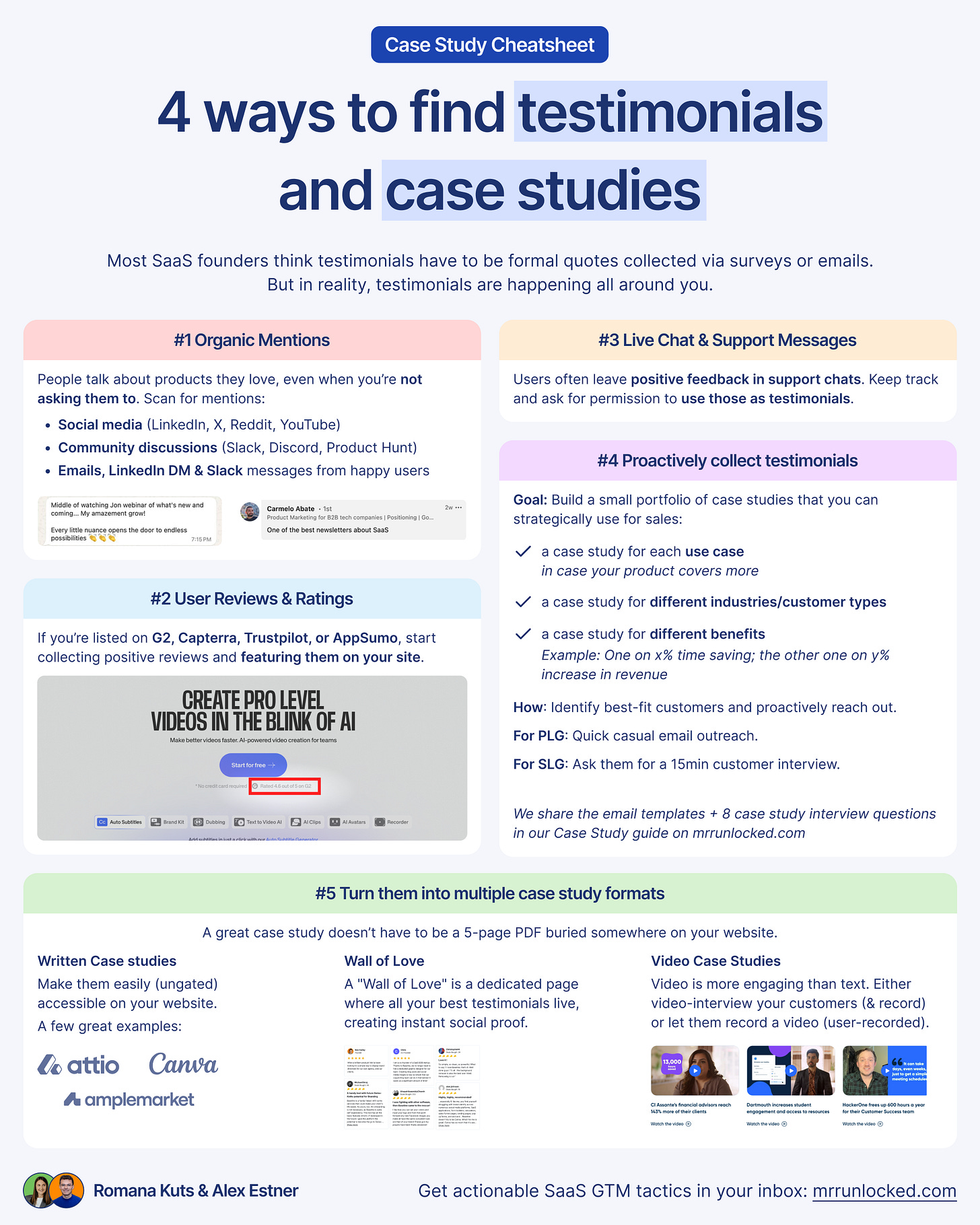




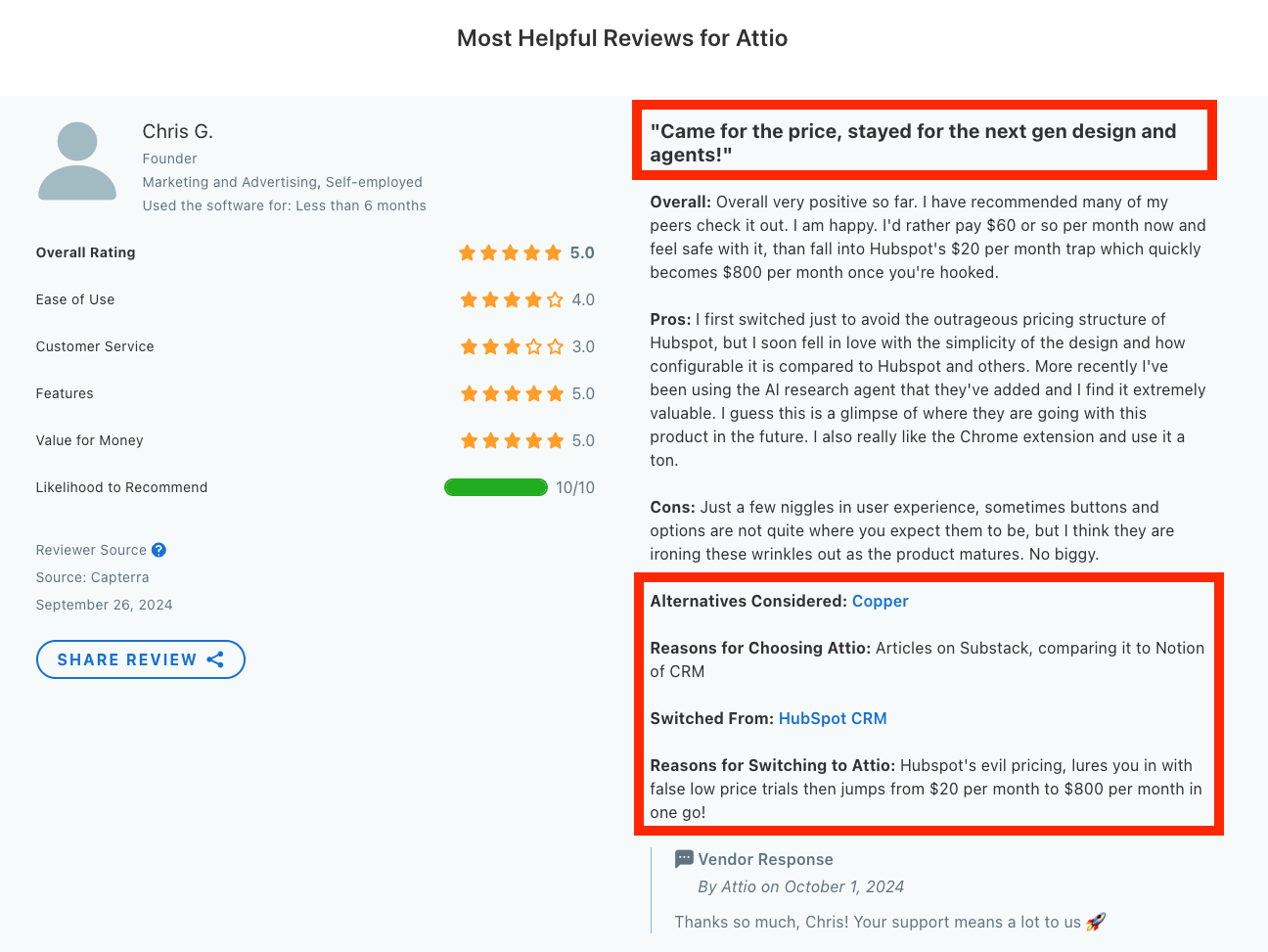
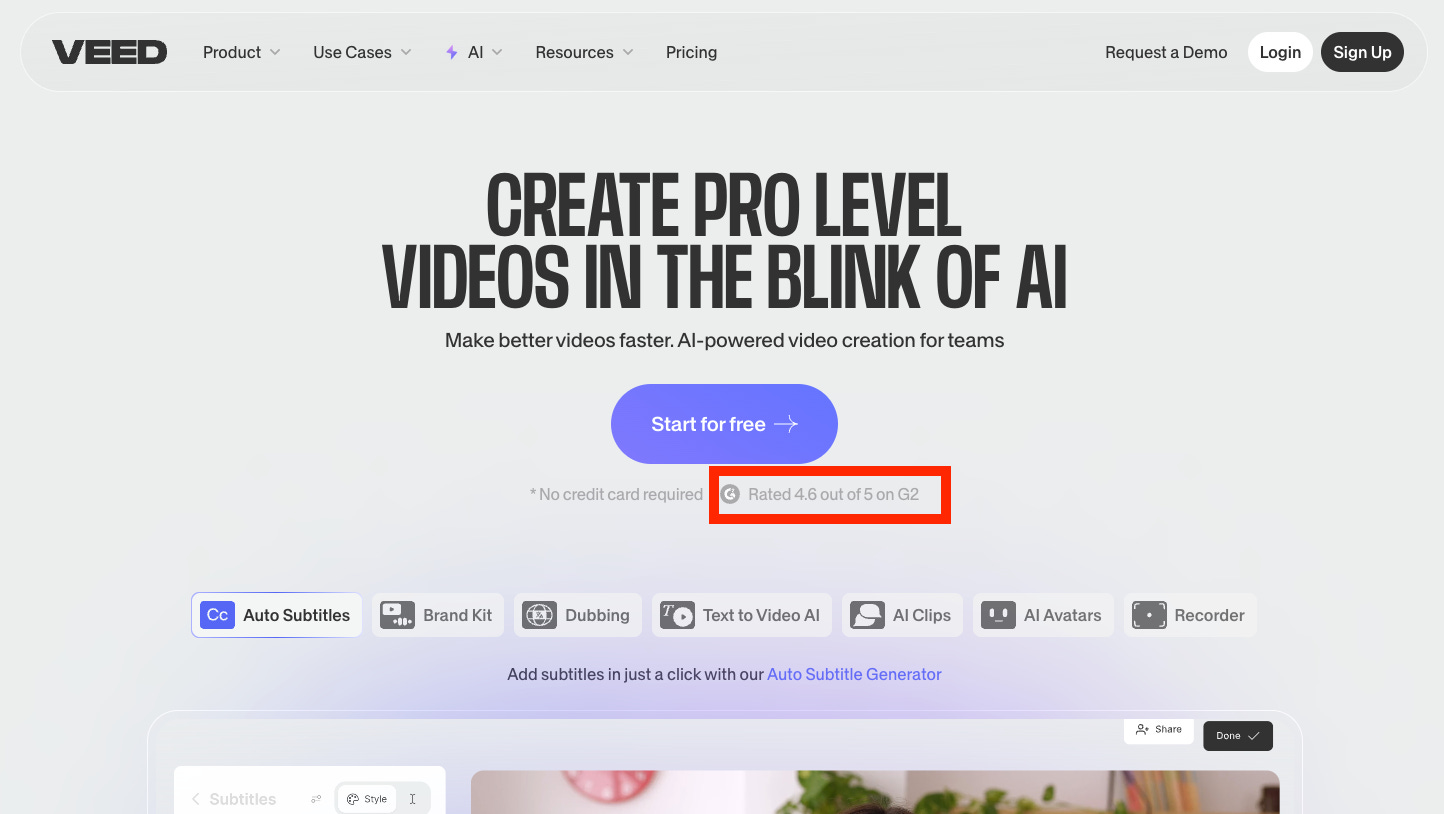
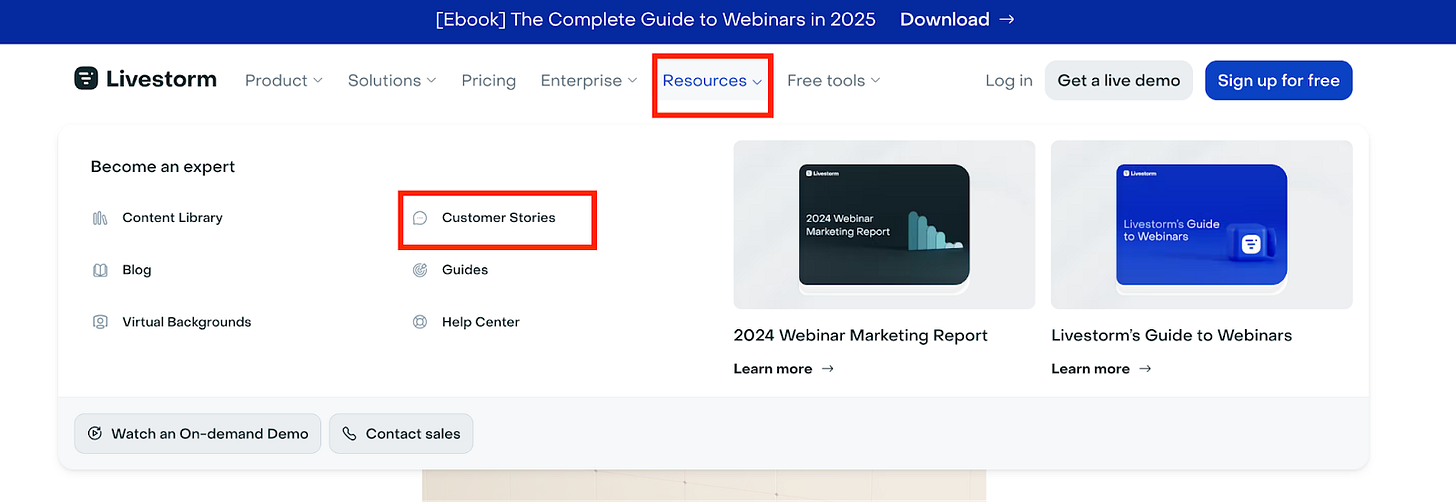
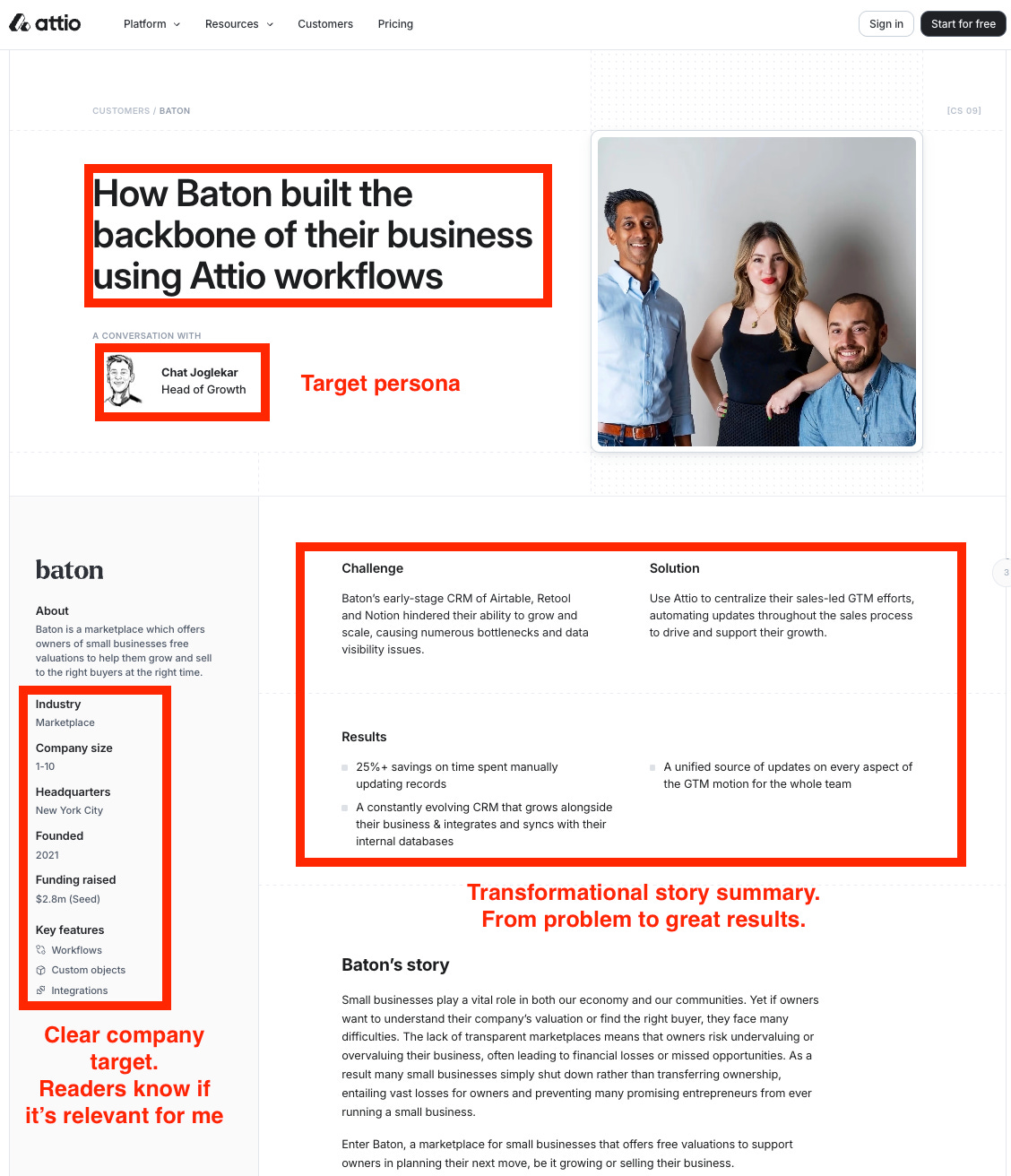
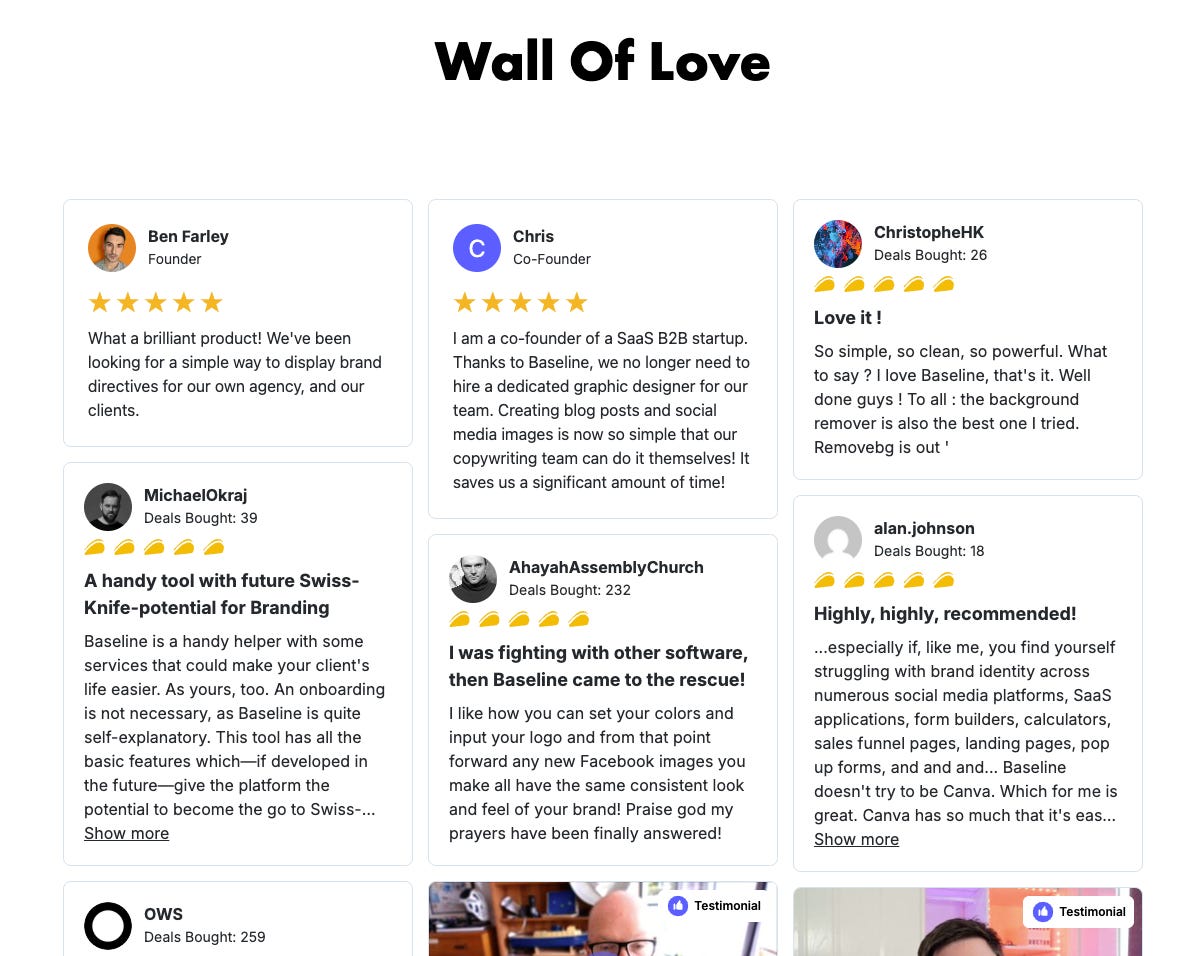
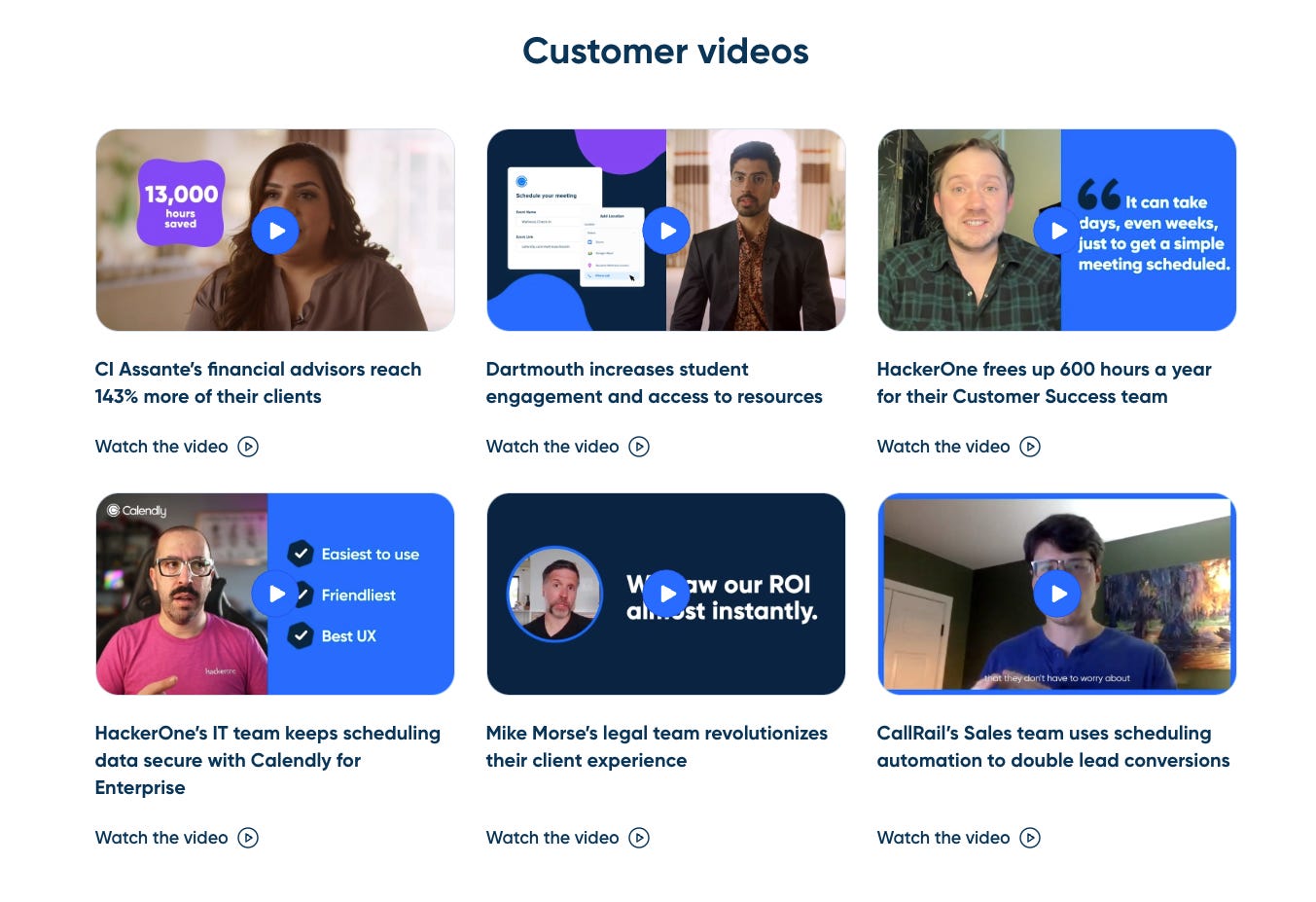
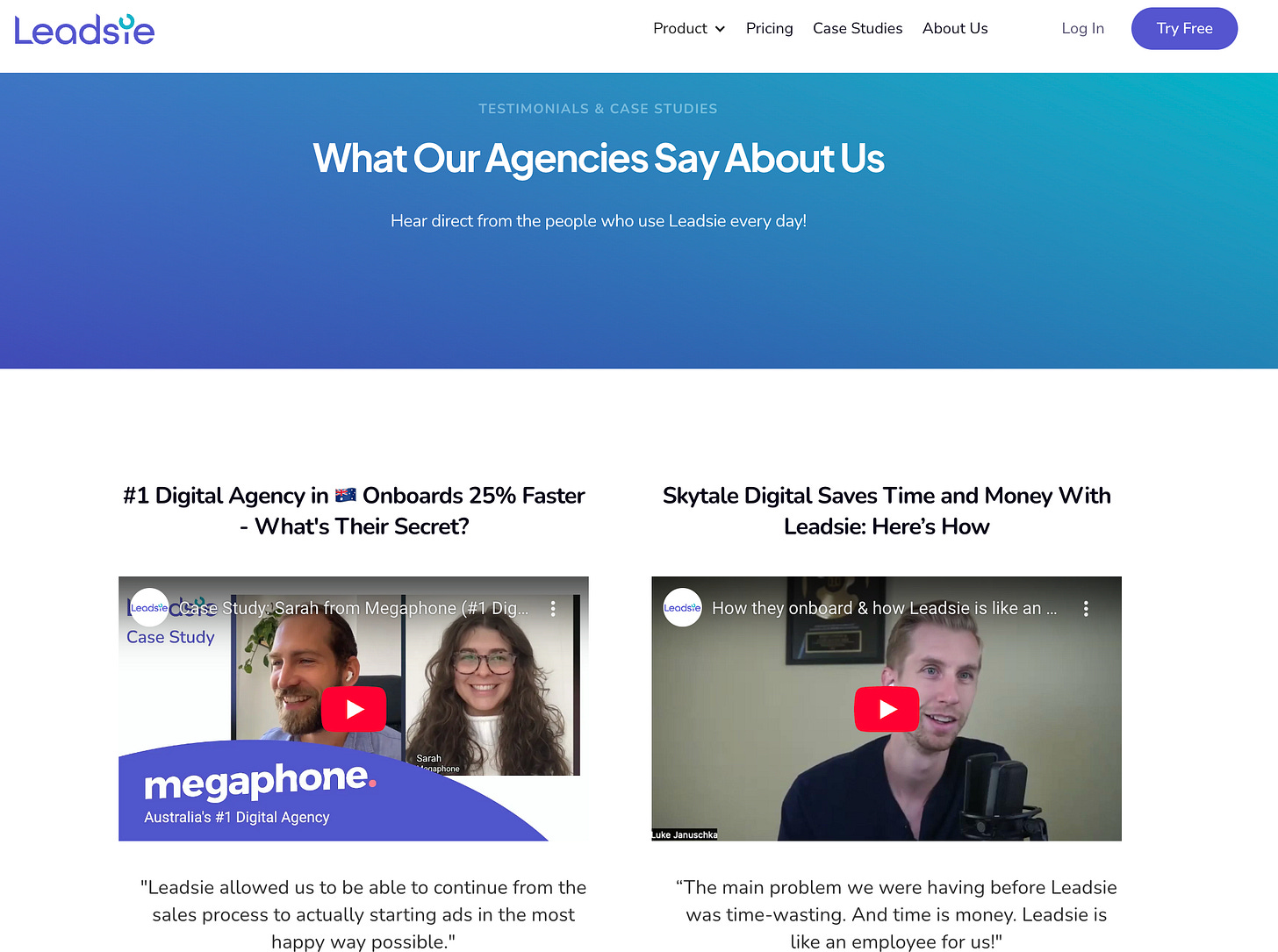




Great to hear. Feel free to share yours with us :)
This is really useful. Gave me lots of inspiration, and realised I have more testimonials than I thought!